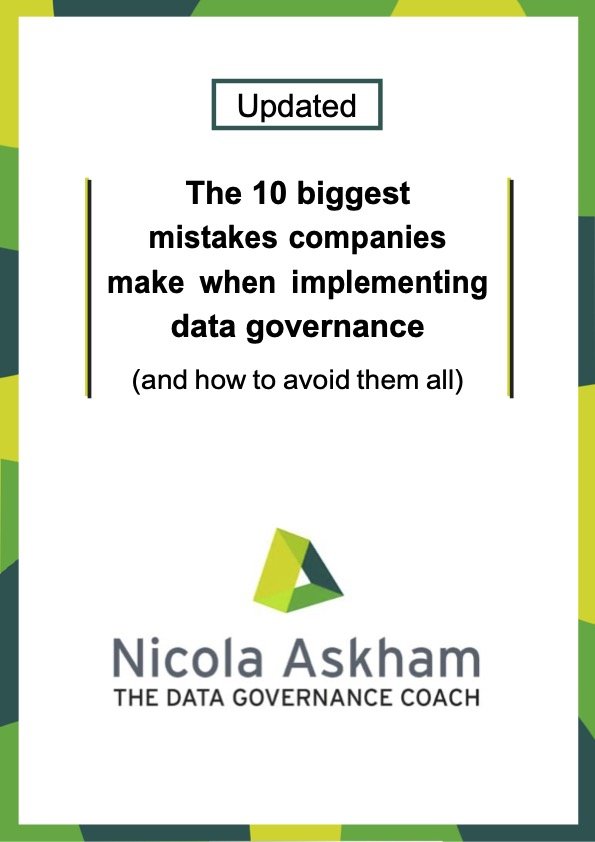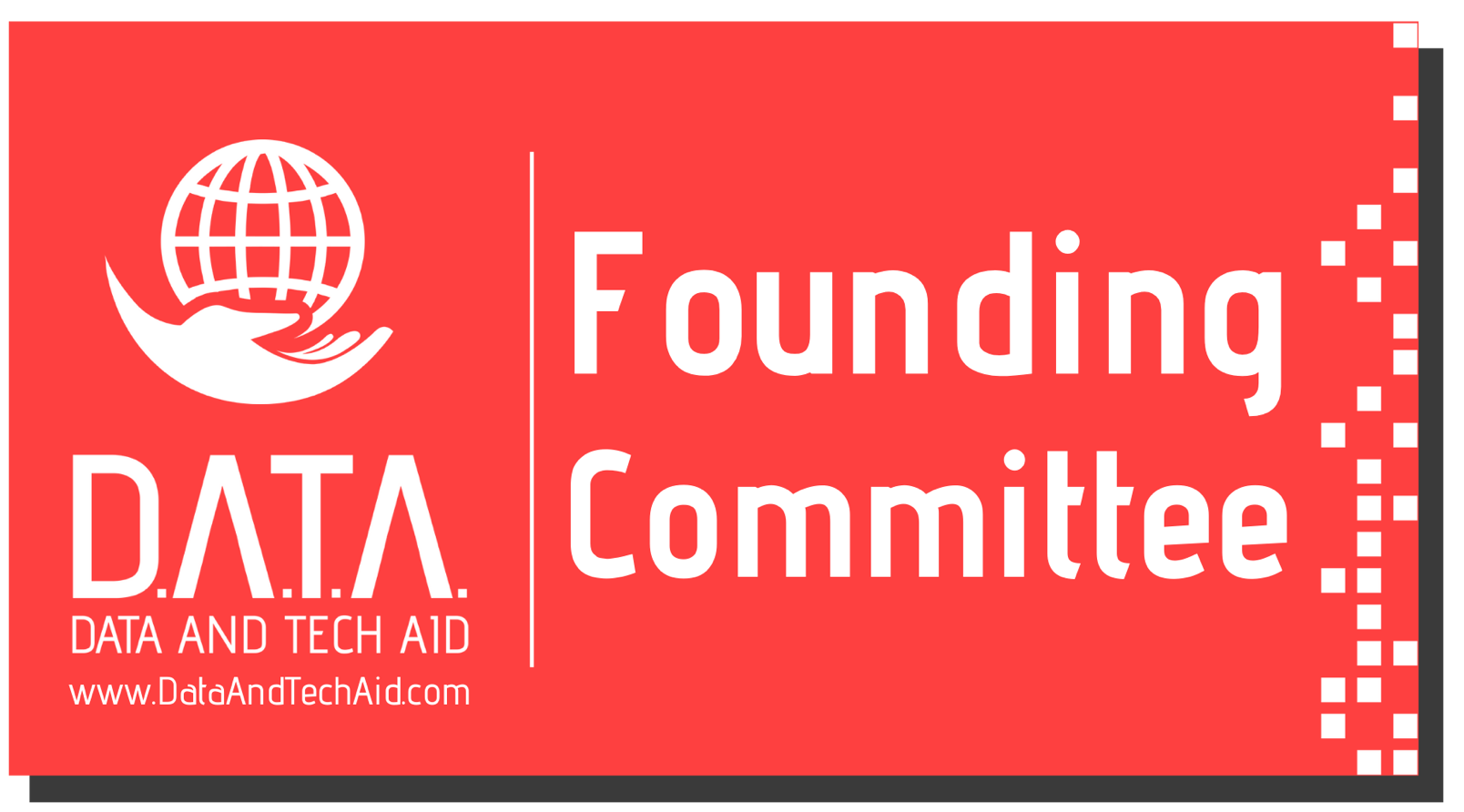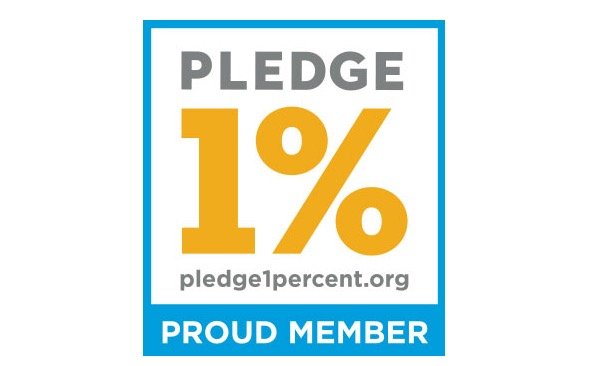How to identify Data Owners, where multiple areas of the organisation use the same data?
/Identifying Data Owners is something that many people struggle with when they are starting out in Data Governance. When multiple different teams use that data it can often confuse matters, which is why I think this is a good question to answer.
It is something I come across an awful lot when helping my clients do data governance.
and I'm sure you will too, because unless the data is only used by one area, it's often not clear-cut who the data owners should be.
If you have read any of my other articles about data ownership you will know that In my experience, it really is important that you only have one data owner per data set, because if you have any more you end up with a situation where a number of people get together and they discuss and debate the data, but they rarely come to any conclusions and they just totally derail your data governance initiative. Simply, it doesn't work.
I believe very strongly that you should have just one data owner per data set and, yes, it can be challenging if you have multiple people using the same data and even more challenging when they all want to own the data but there are a number of different ways of dealing with this.
My preferred way is to see if I can break down the data and identify different chunks of it that can be split across multiple data owners. For example, for one organisation, which was an insurer, we had a big debate over who owned the customer data and the head of underwriting believed quite strongly that they owned it, but the head of marketing also believed that they owned customer data and when we sat and talked to them we actually agreed that they owned different subsets of it.
We broke it down and we had customer risk details owned by the underwriting area
and customer contact details were owned by the marketing team and that worked very well… for a few months.
They got on and did everything we asked them to do as part of doing data governance
until we got to the day when somebody reported a data quality issue with postcode data
and my heart sank because I had this horrible feeling that I knew what was going to happen.
I was right, when we asked them both who owned the postcode, they both said they did, and they both believed it was them.
Interestingly, because we had split the data out, they’d both been doing the role and got their head around it for a few months. We got them back together and discussed it
and at that point, the head of marketing said “You know what, I actually don't think I am the data owner. I think I'm a key consumer of the data and I want my needs and requirements of that data to be considered, but I don't think I am the right person to be the data owner.” We then put all customer details back into one data set and had one data owner.
The moral of that story is… splitting it sometimes works, and sometimes it doesn't.
Simply, you have to be flexible and understand that you may need to change it again
further down the line, but it doesn't stop you from trying.
The other way of doing it if splitting the data into subsets it isn't an option, is to look which area or team really dictates the standards by which that data is captured. Do you have somebody that is setting the rules and saying this is how we do this? Because in which case they should be the data owner.
If you've got a number of other teams elsewhere in your organisation that are allowed to set the rules around that data (and that is a very rare circumstance) I sometimes come up with a two-level data owner model, but I prefer to use that as an absolute last resort because adding any complexity to your data governance framework makes it harder to embed and harder to make it successful.
Don't forget if you have any questions you’d like covered in future videos or blogs please email me - questions@nicolaaskham.com.
Or if you would like to know more about how I can help you and your organisation then please book a call using the button below.









